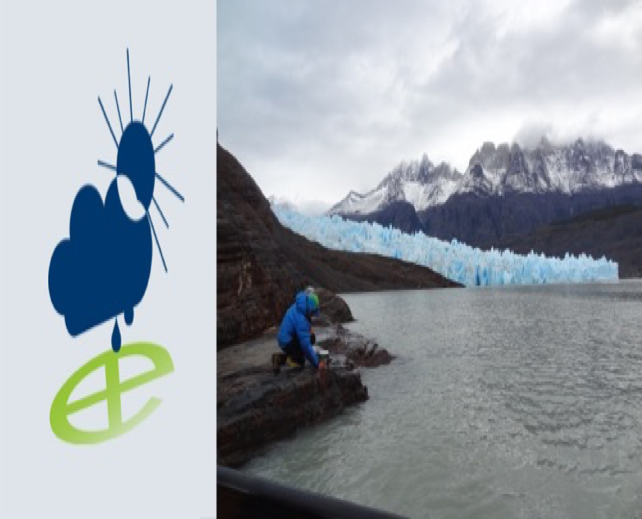Trees as indicators of the urban heat island
(Bäume als Indikatoren für die urbane WärmeInsel – BIWi)
Within the BiWi project we offer two positions for student assistants who will write their master's/bachelor's theses within the BiWi project. The jobs durations are 12 months. If interested, please contact Christoph Schneider.
Within the BIWi project trees and dendroclimatological methods and techniques are used for addressing urban climate related research, in particular the observation of spatial and temporal evolution of the urban heat island (UHI) .
Within this pilote study, dendroclimatological methods will be used for generating and analyzing chronologies for different tree ring parameters (tree-ring width, pointer year catalogs, wood anatomical features) at selected sites in Berlin, the City in Germany with the largest UHI effect. The project’s objective is to investigate the magnitude of quality and certainty of growth features that can be attributed to the UHI effect.
The long-term goal is the development of a general procedure for investigating the spatial distribution and spatio-temporal evolution of UHIs using dendroclimatological data. Perspectively, this can contribute to giving retrospective and projective evidence for the evolution of UHIs in the light of changing climatic, demographic and urban planning boundary conditions.
In cooperation with the tree ring laboratory "DeLaWi Jahrringanalytik" in Windeck, Germany, and the GeoForschungsZentrum Potsdam growth factors for mean climatic and extreme weather conditions (e.g. drought periods, heat waves, poor air quality) will be developed at different sites. For this purpose, tree ring chronologies as well as catalogs addressing extreme growth reactions and wood anatomical features (freeze circles, density fluctuations, etc.) will be generated for approx. 150 trees at 12 urban-ecologically different sites covering a range of so-called (urban) Local Climate Zones (LCZ). The results achieved by the pilot study will be evaluated and interpreted within two master/bachelor theses and additionally be published in an internationally established peer-reviewed journal.
Team
- Prof. Dr. Christoph Schneider (Humboldt-Universität zu Berlin)
- Dr. Burkhardt Neuwirth (tree ring laboratory „DeLaWi-Jahrringanalytik“, Windeck)
- Dr. Ingo Heinrich (GFZ German Research Centre for Geosciences Potsdam)
- Dr. Sebastian Schubert (Humboldt-Universität zu Berlin)
- Sabine Fritz, M.Sc. (Humboldt-Universität zu Berlin)
- Bachelor/Master students (Humboldt-Universität zu Berlin)
Duration
- The duration of the project is 12 months: June 2016 to May 2017.
Funding
- The project will be funded by the Deutsche Forschungsgemeinschaft (DFG).
Cooperation parnters
- Tree ring laboratory „DeLaWi-Jahrringanalytik“, Windeck
- GFZ German Research Centre for Geosciences Potsdam
For project related publications please see the climate geography publication list.

